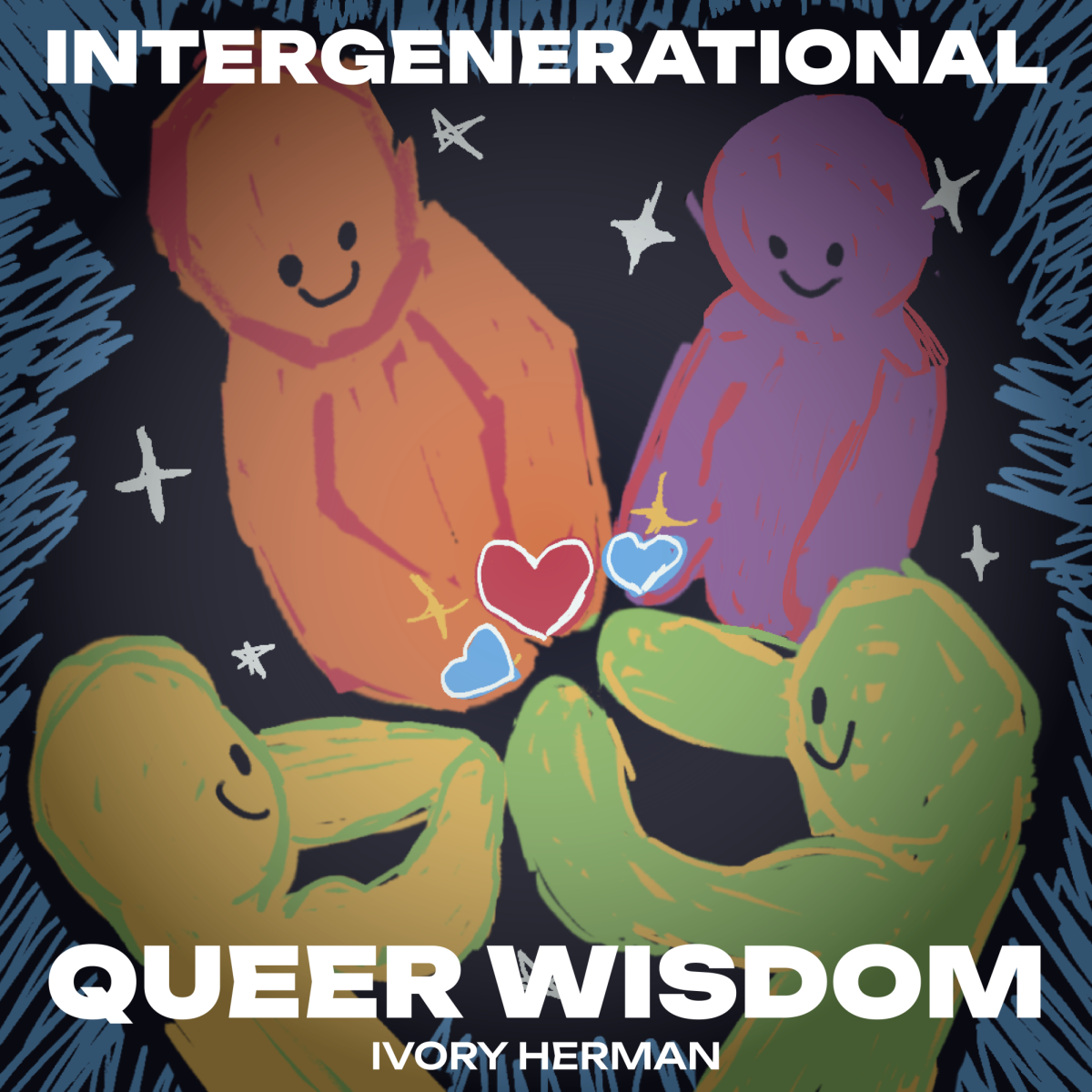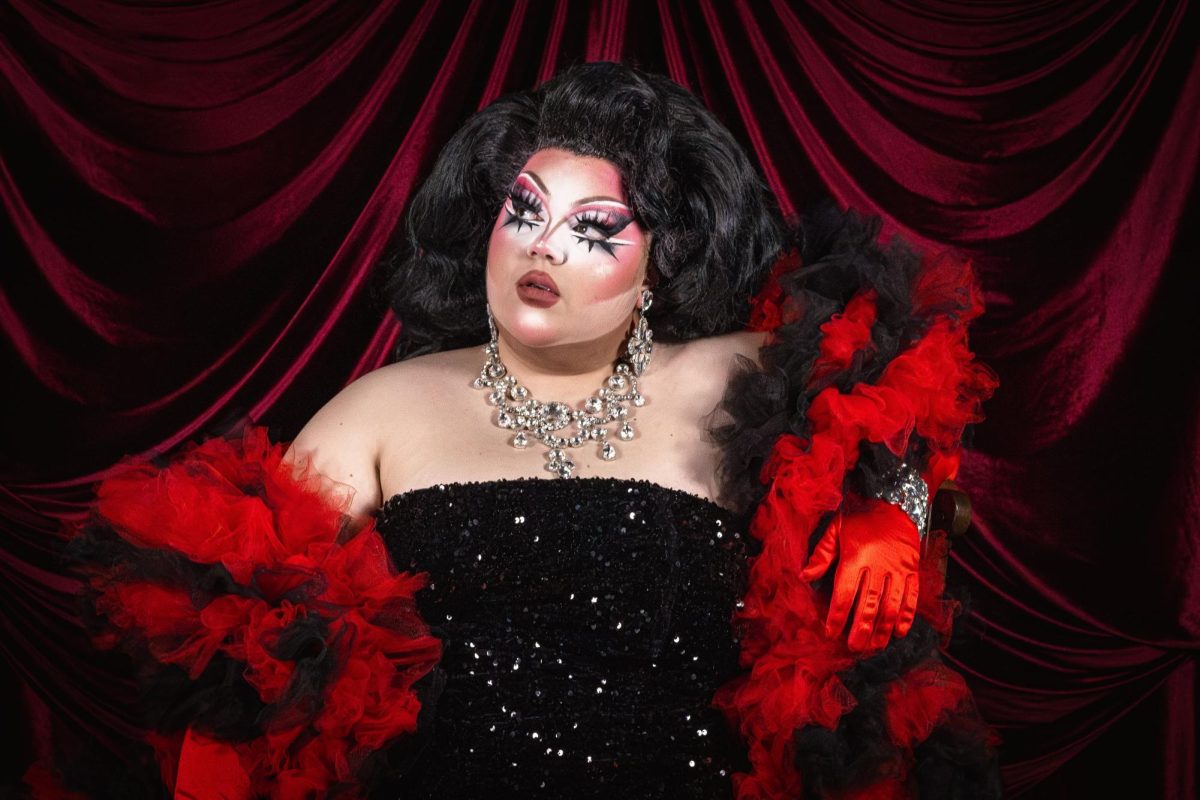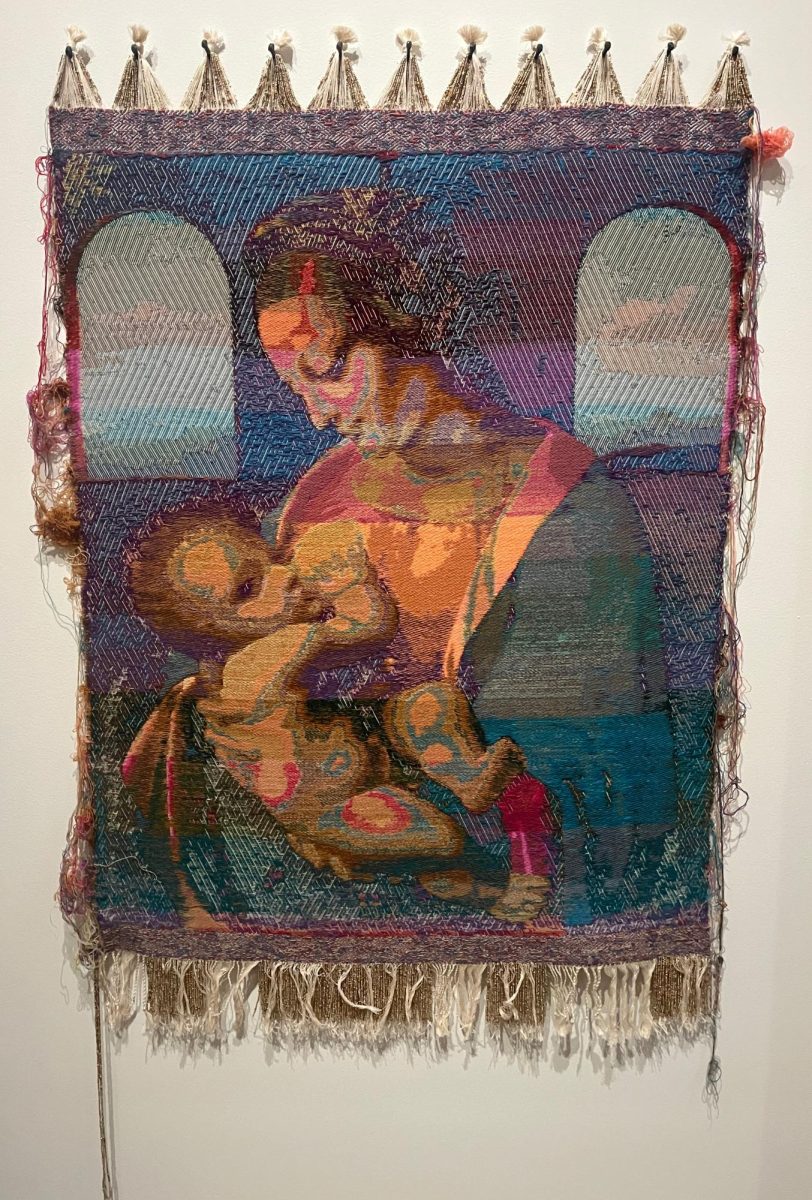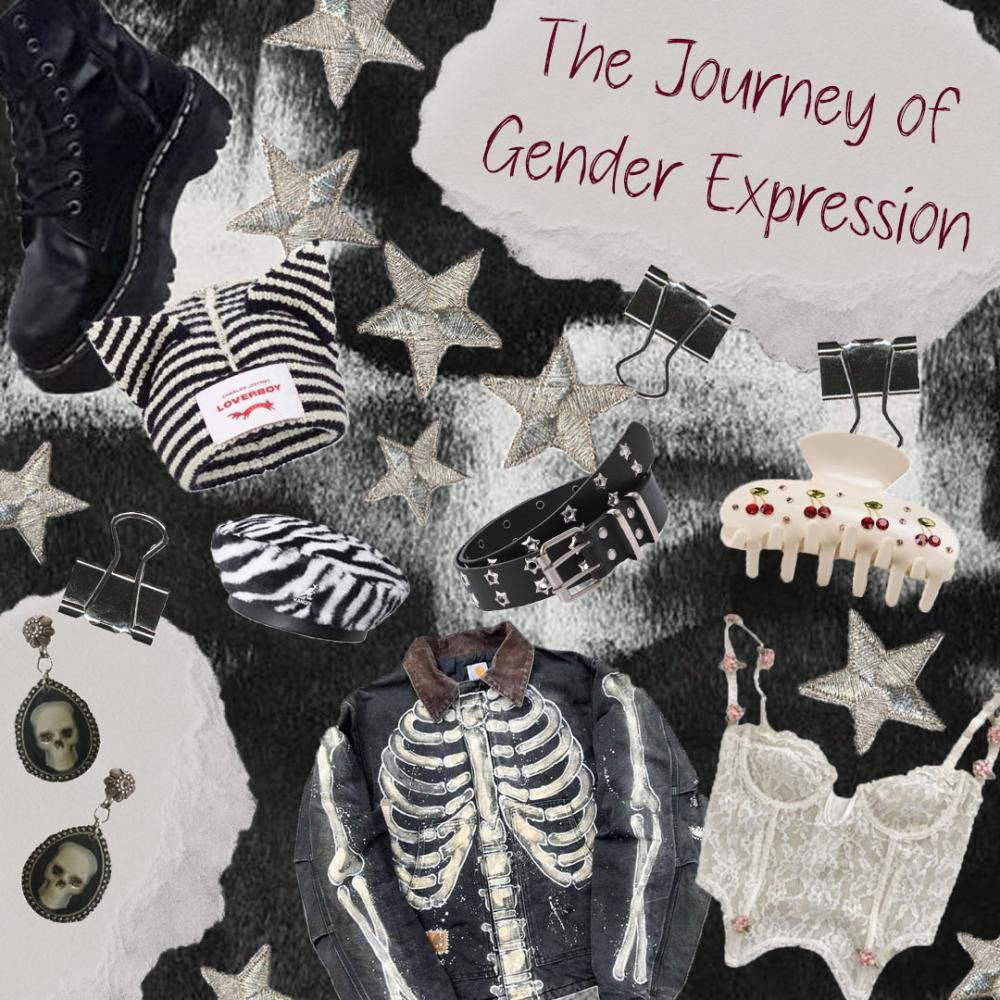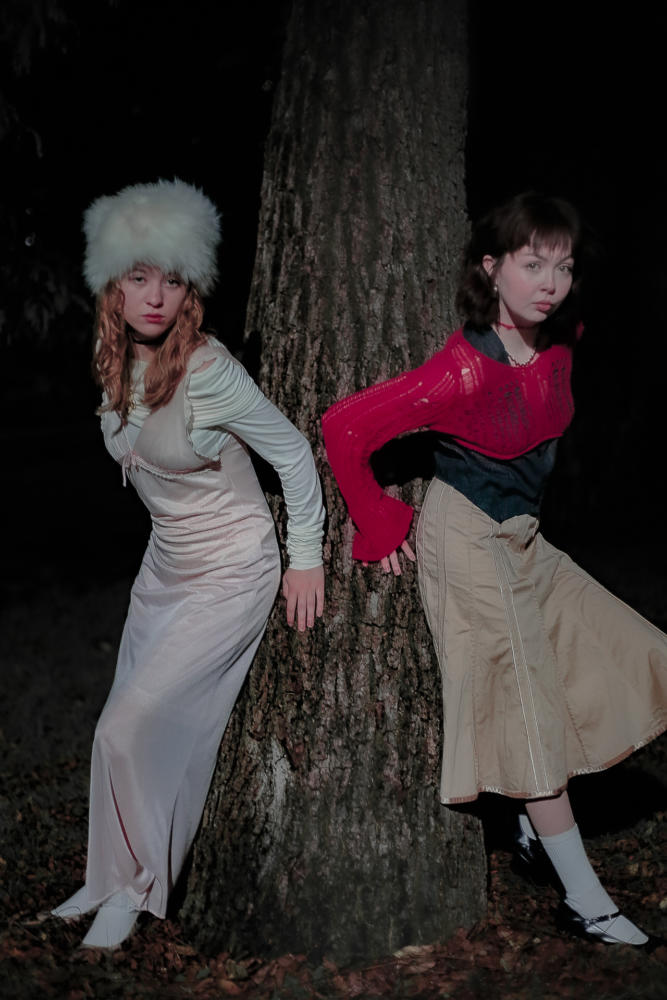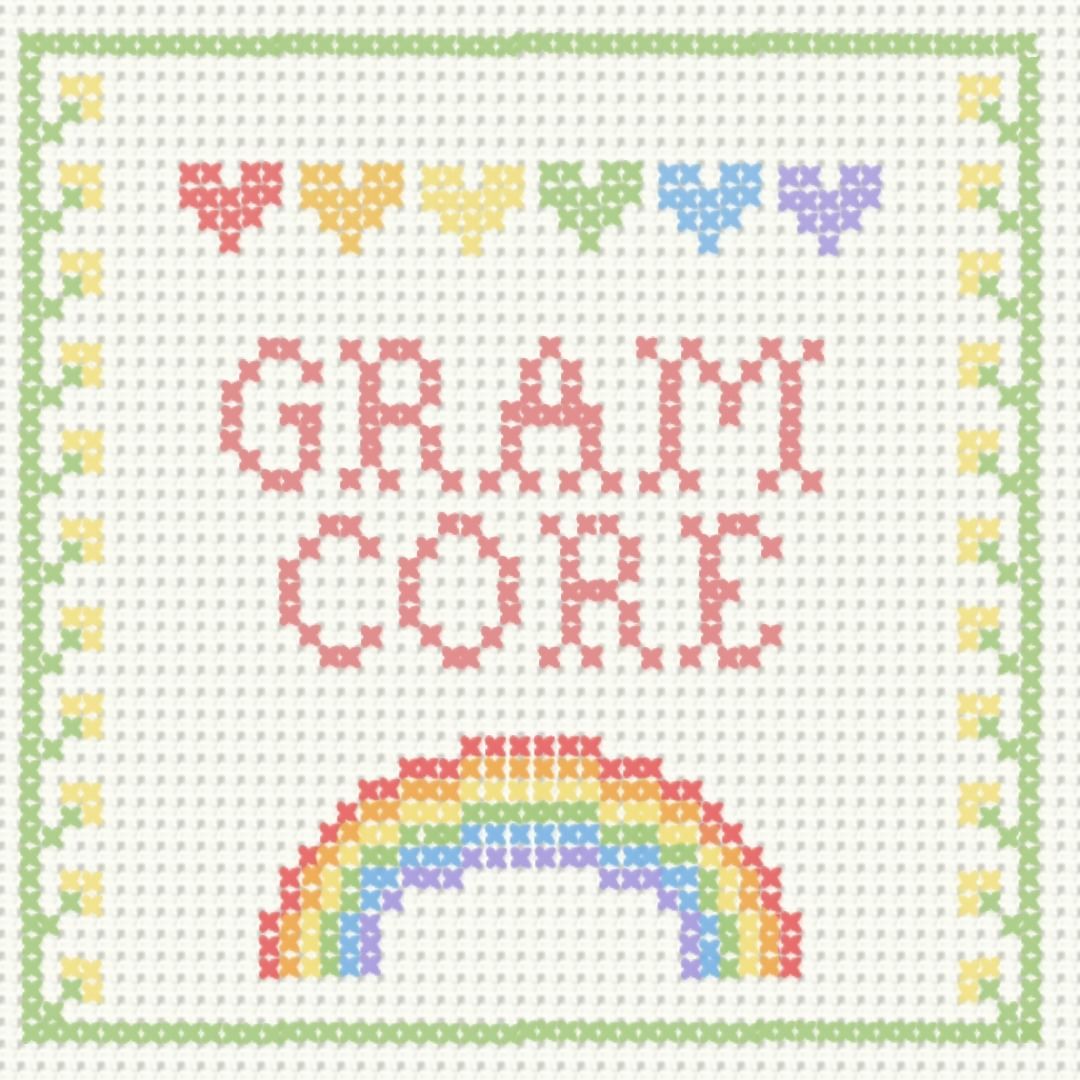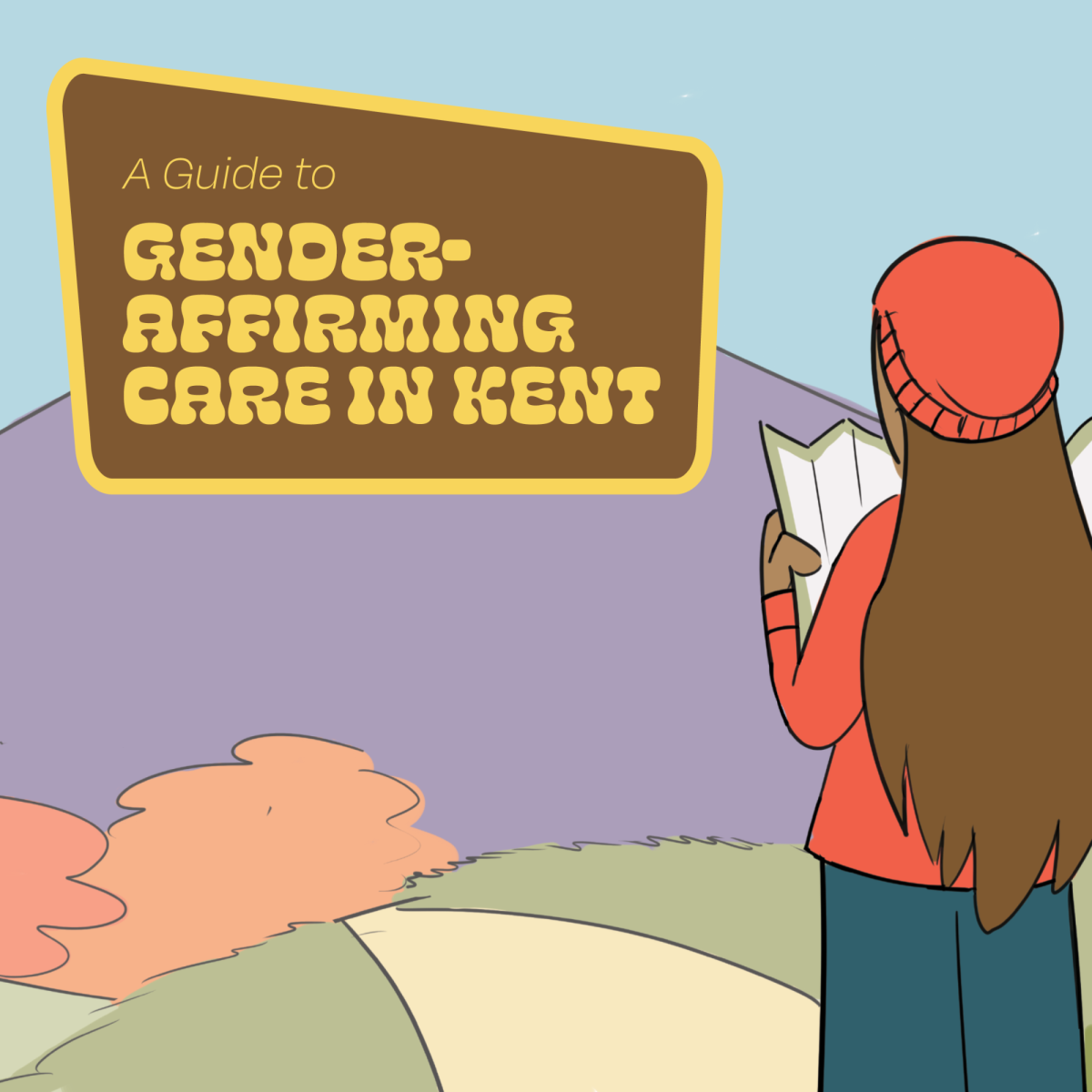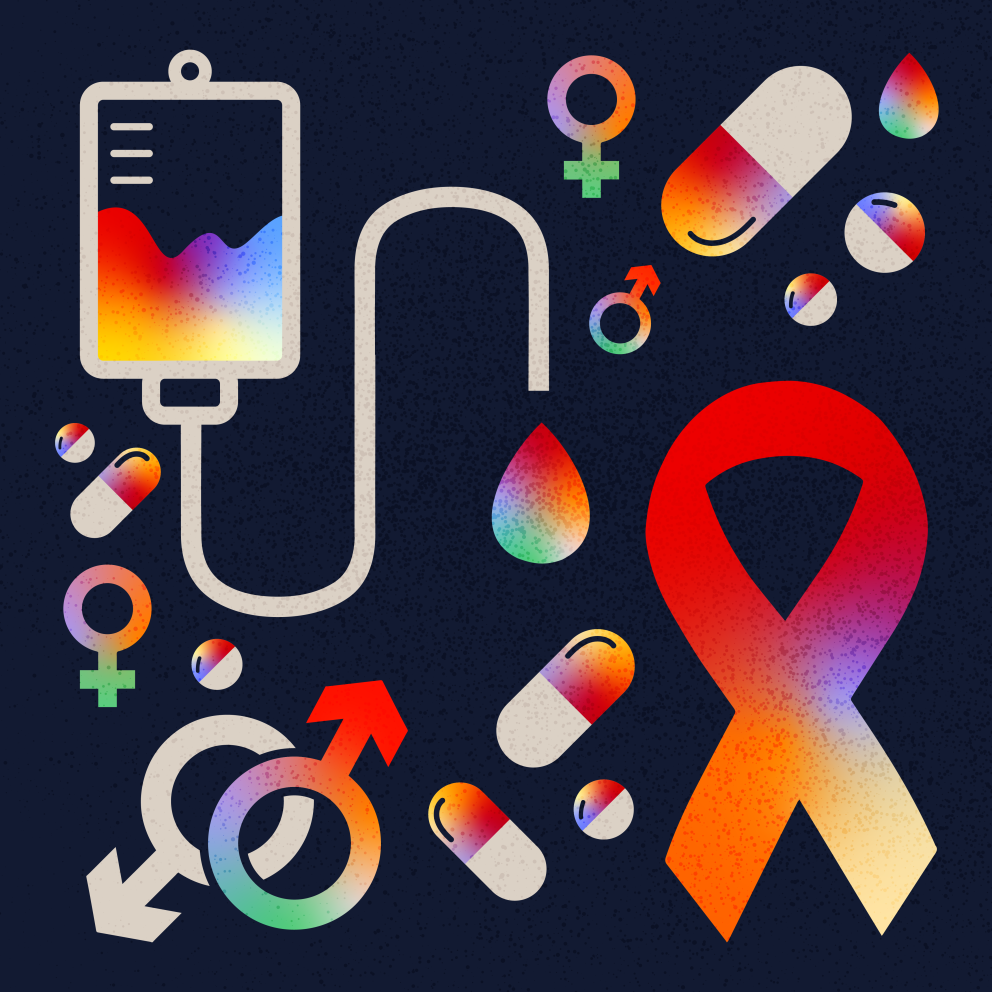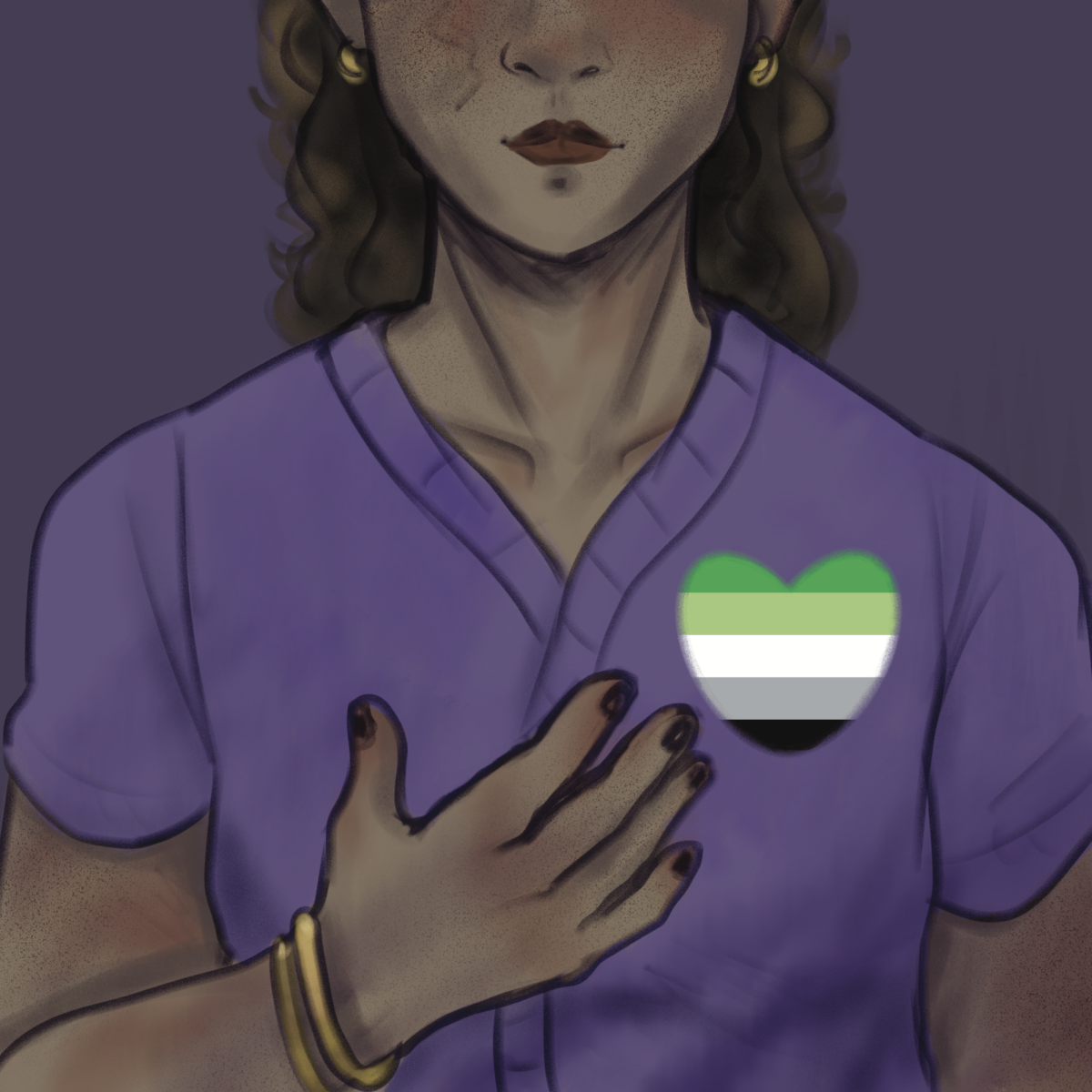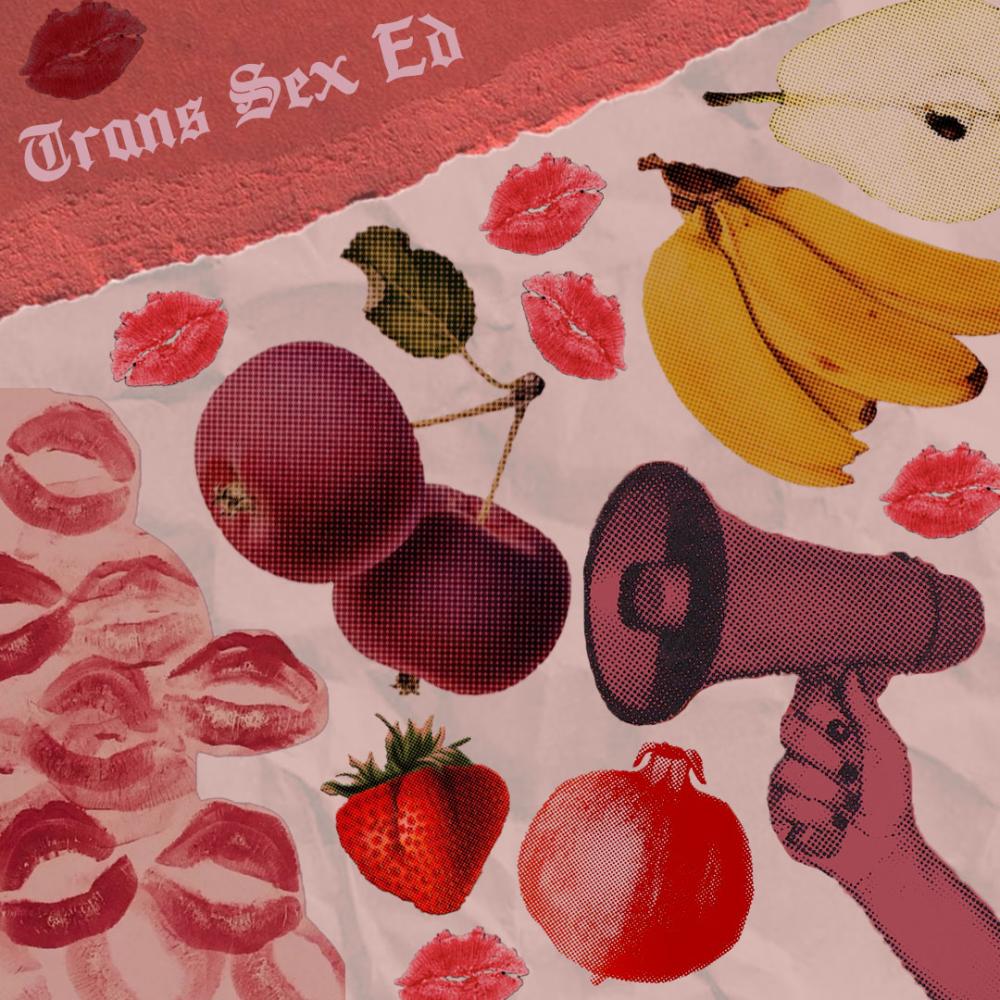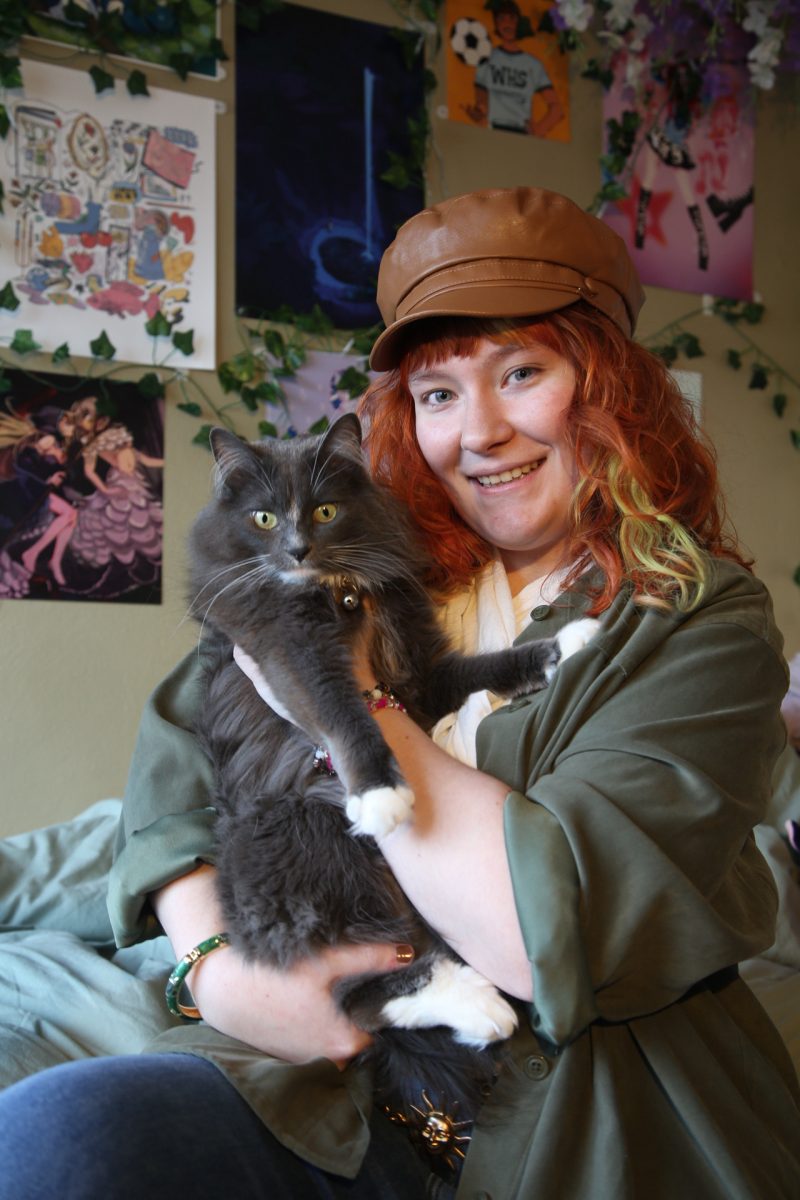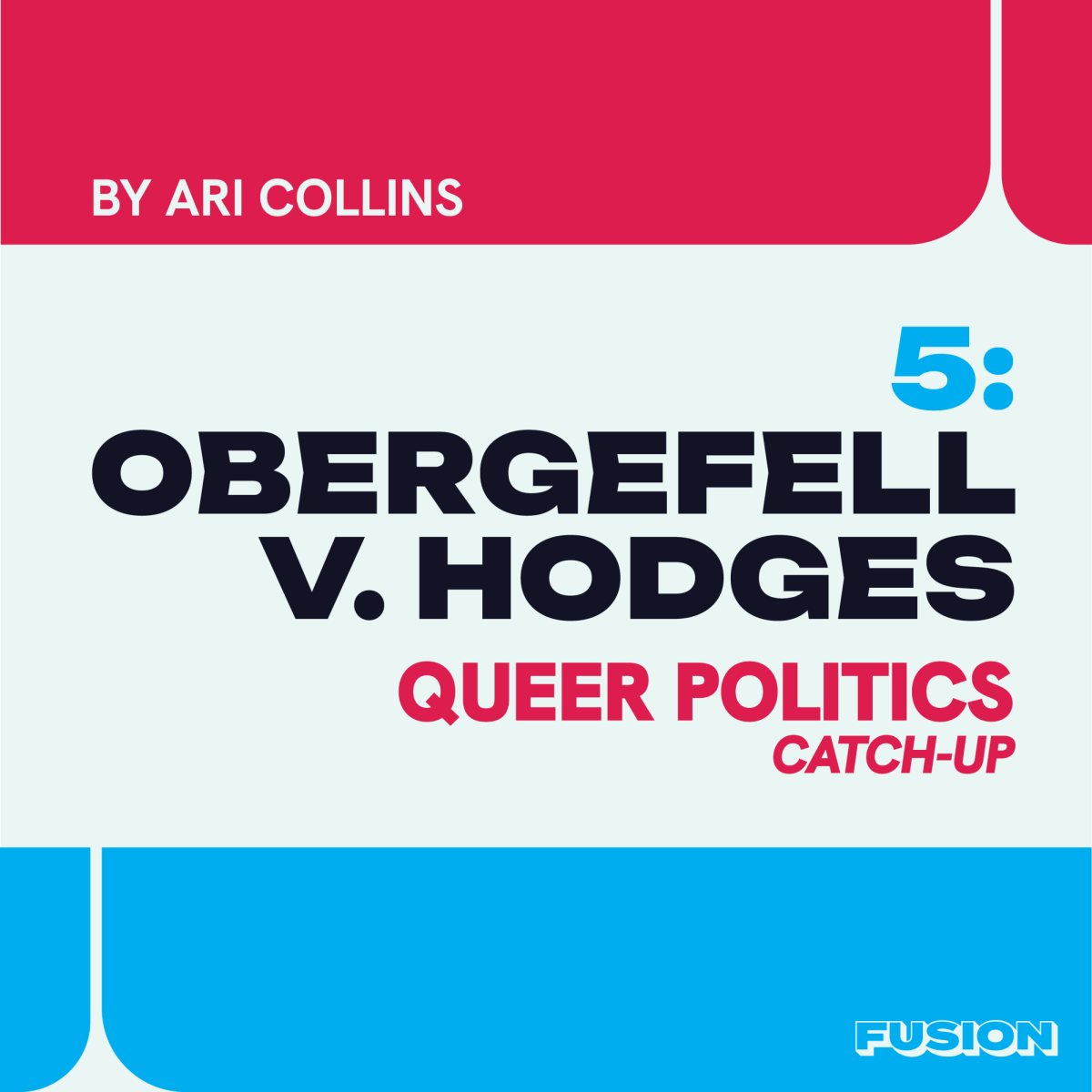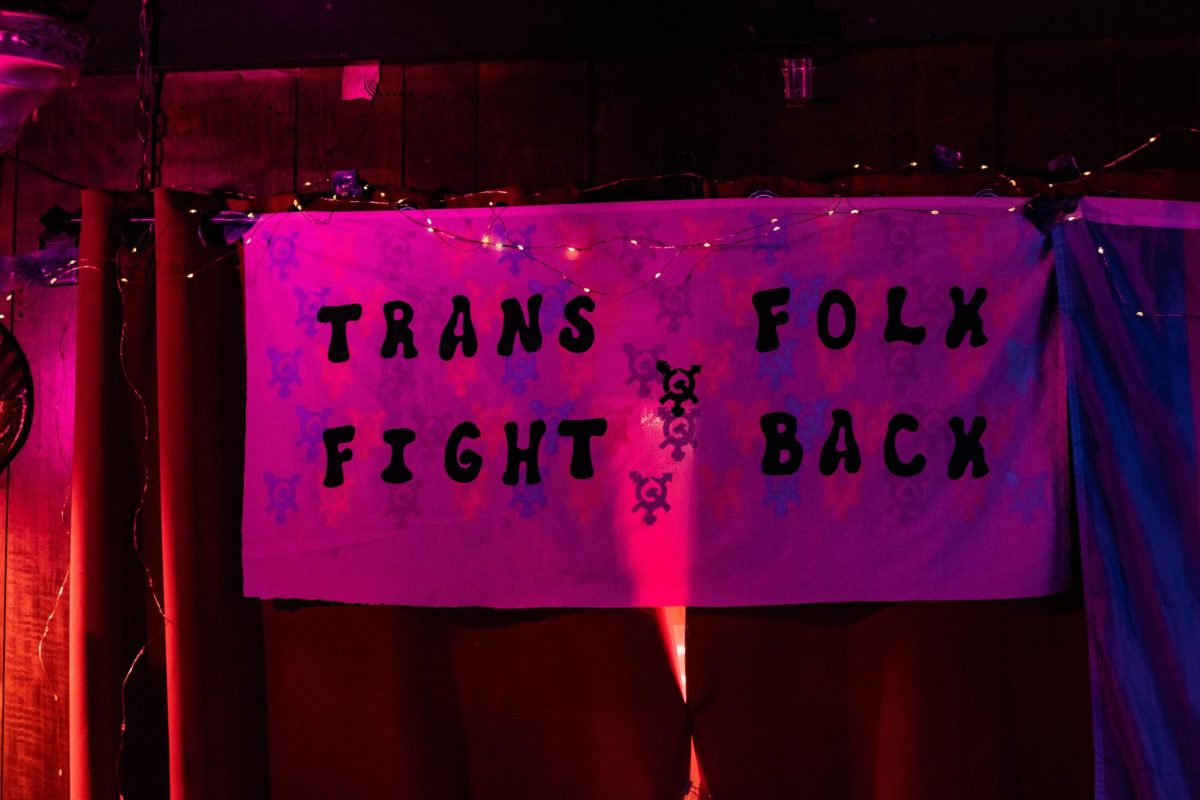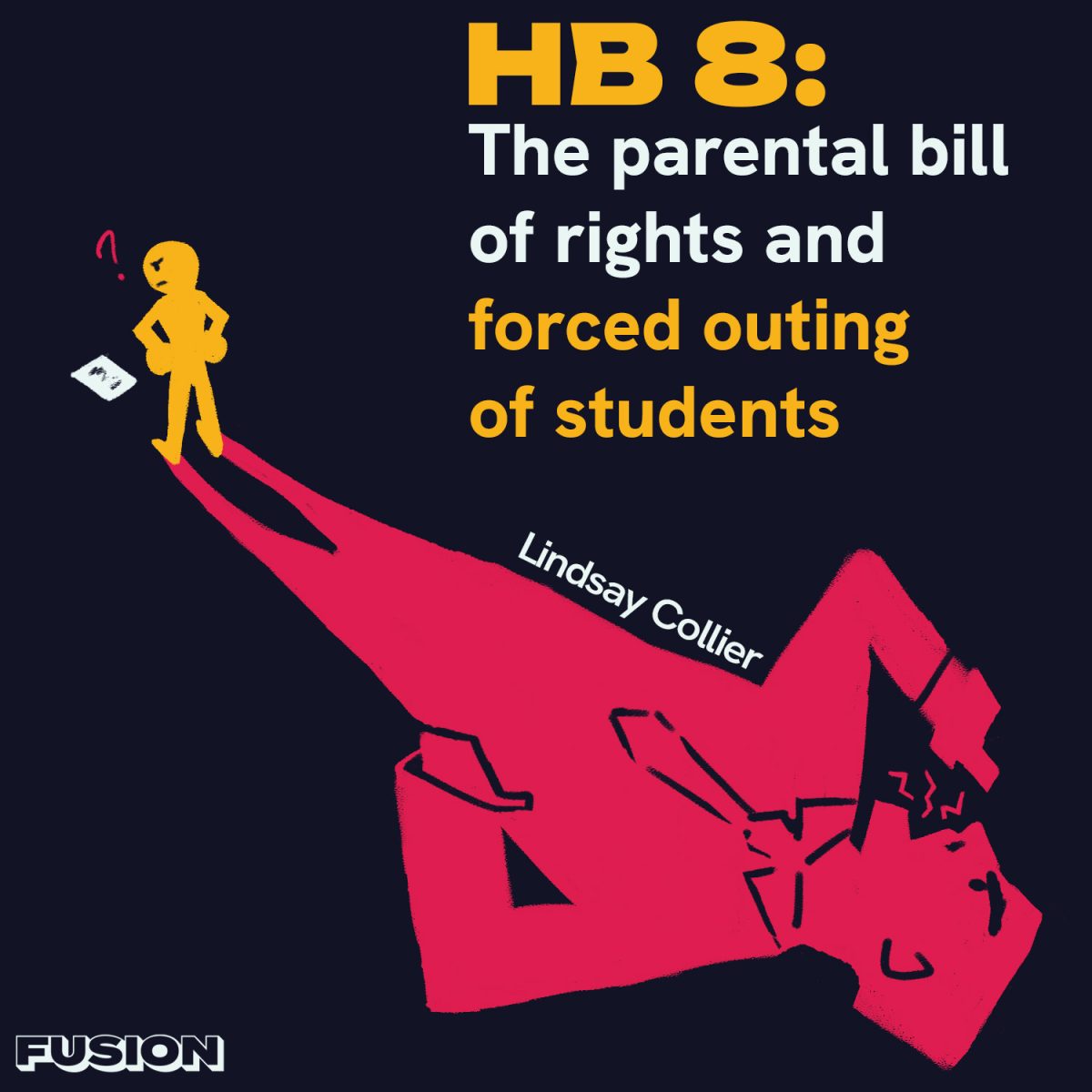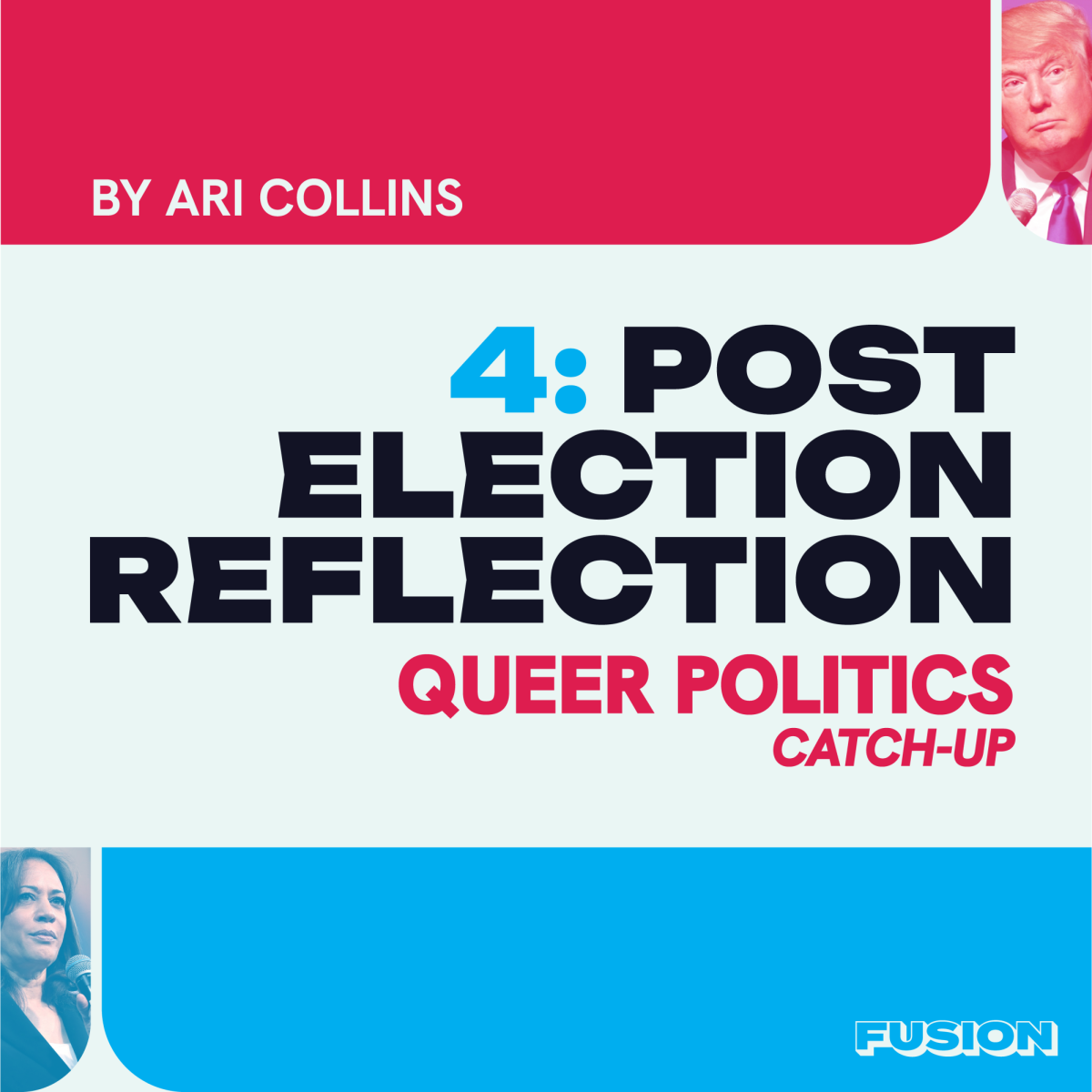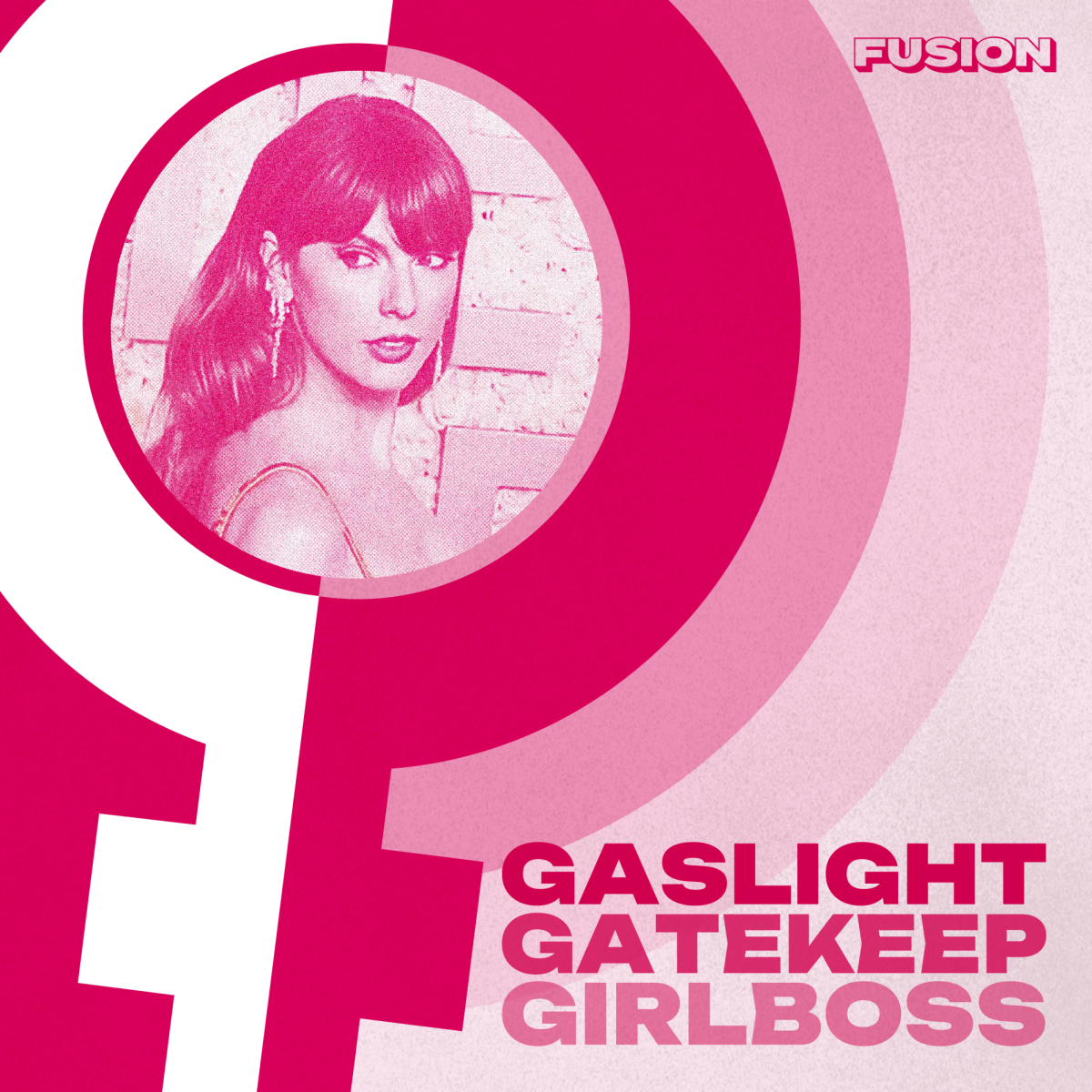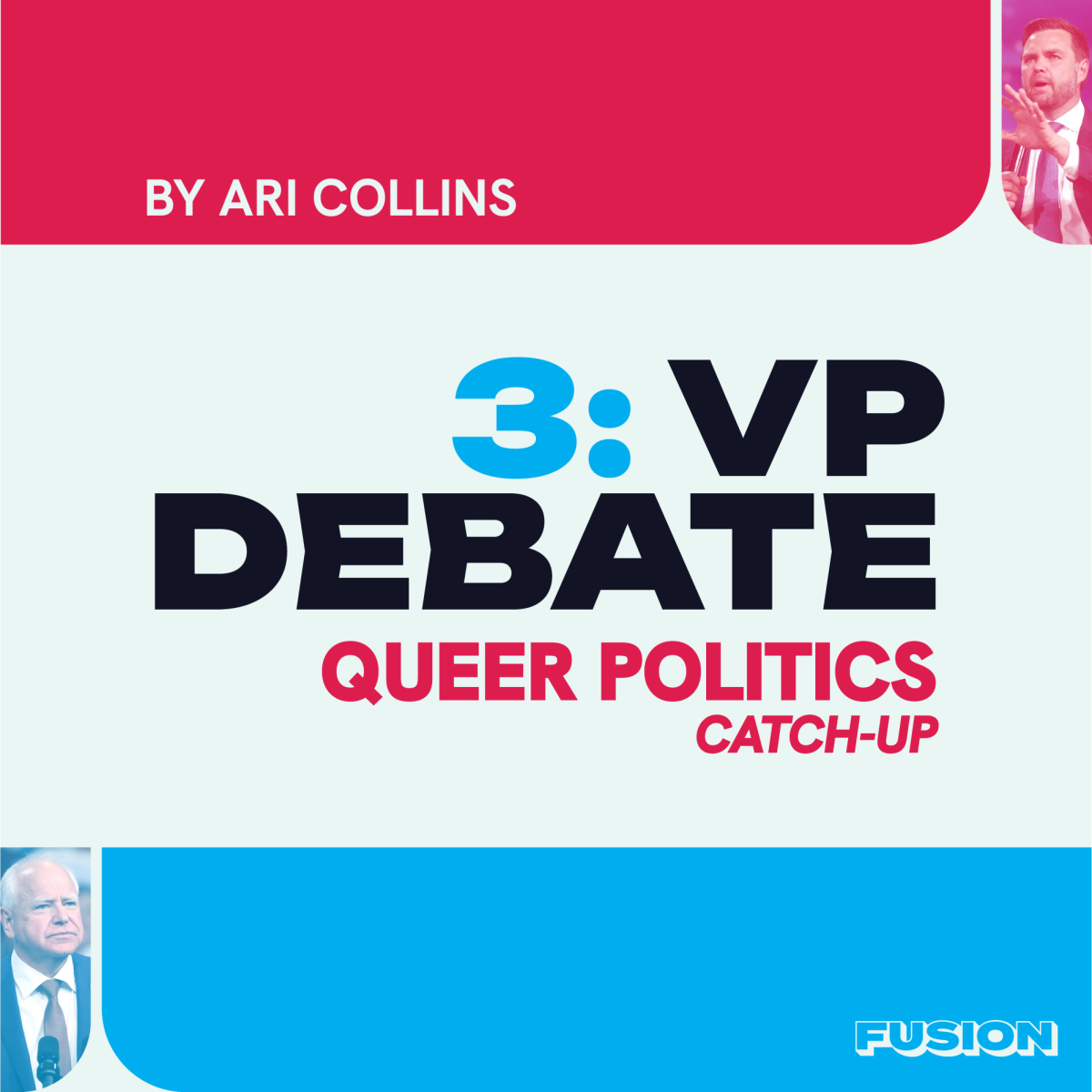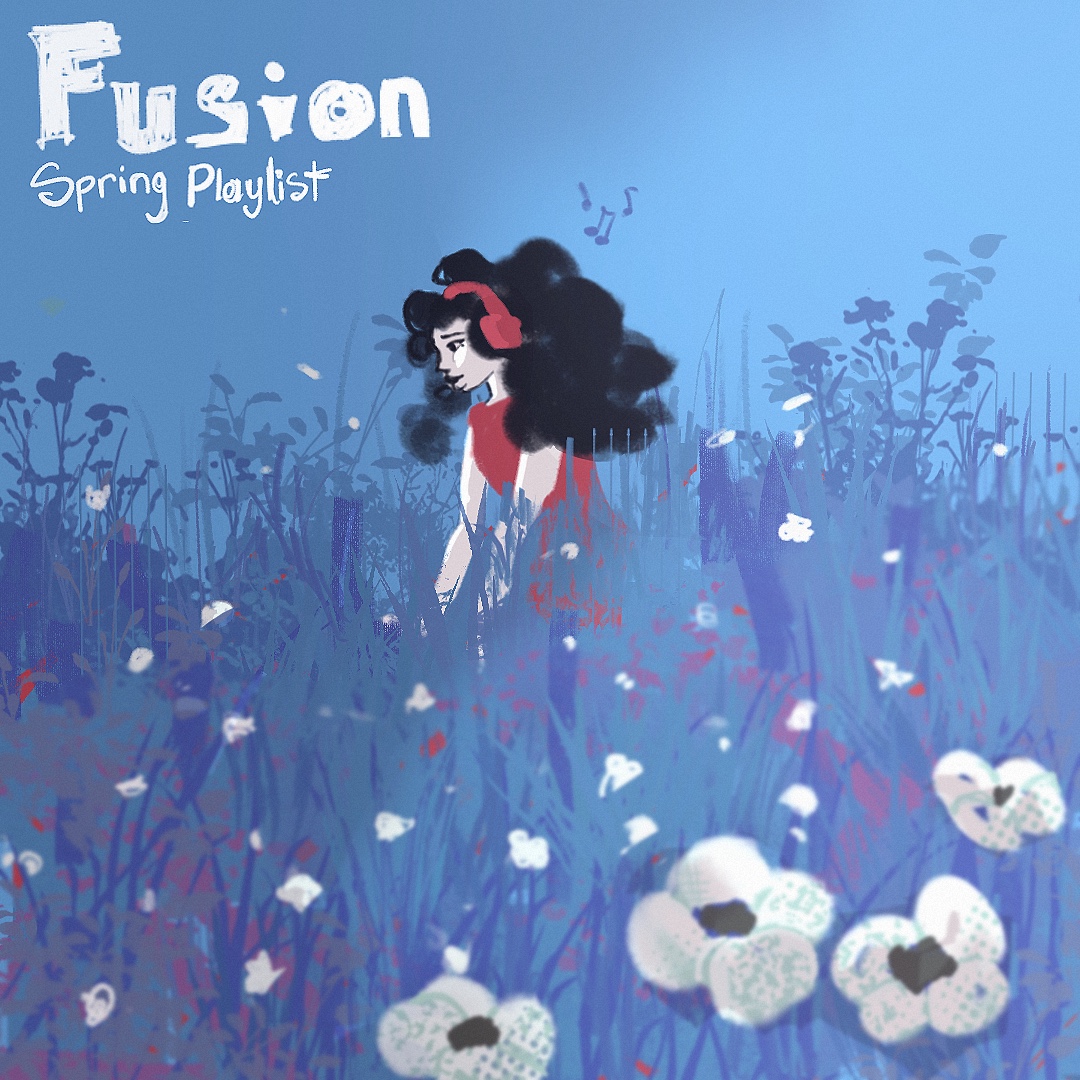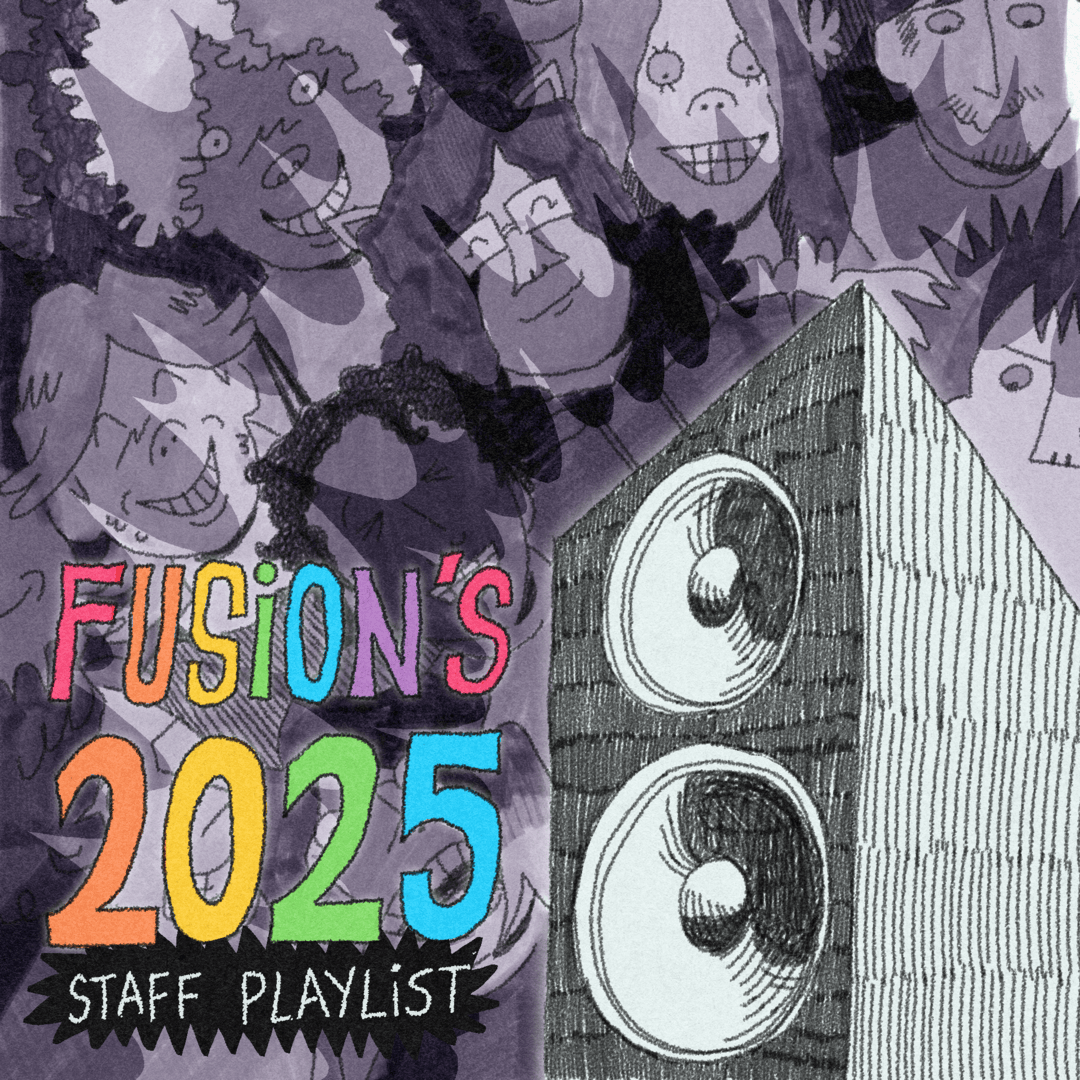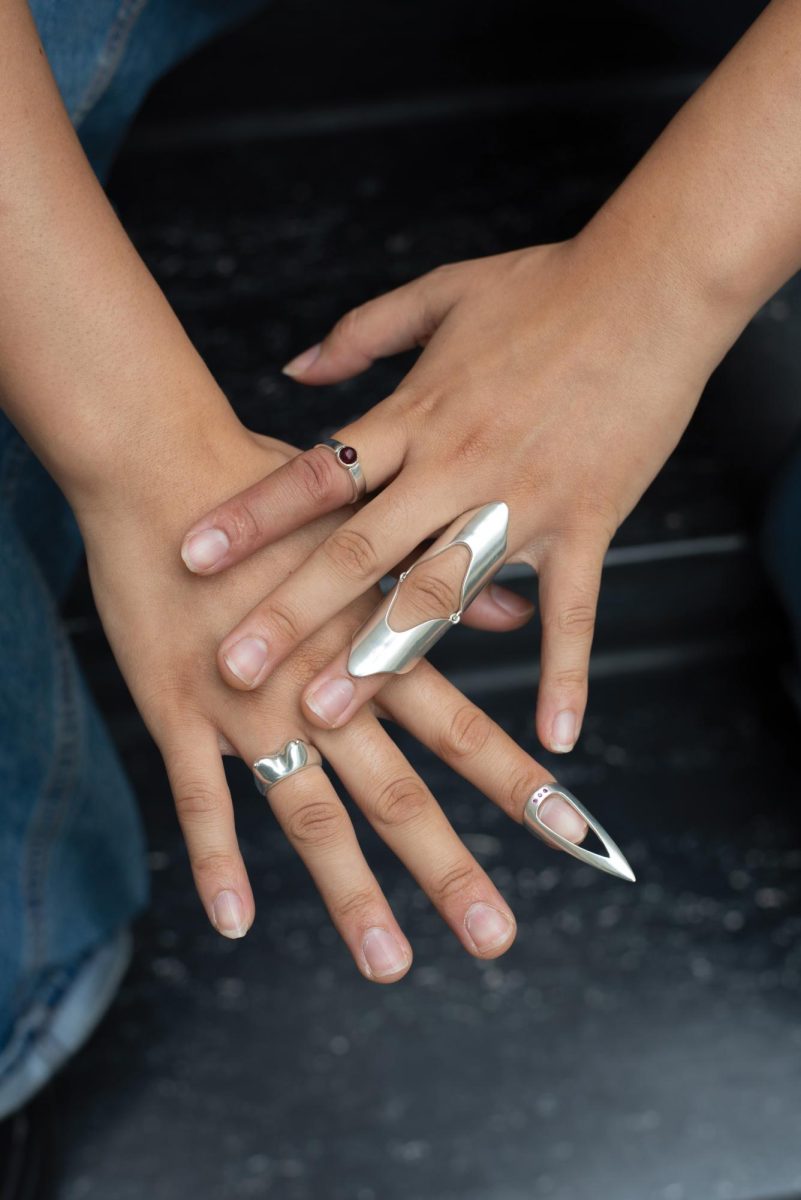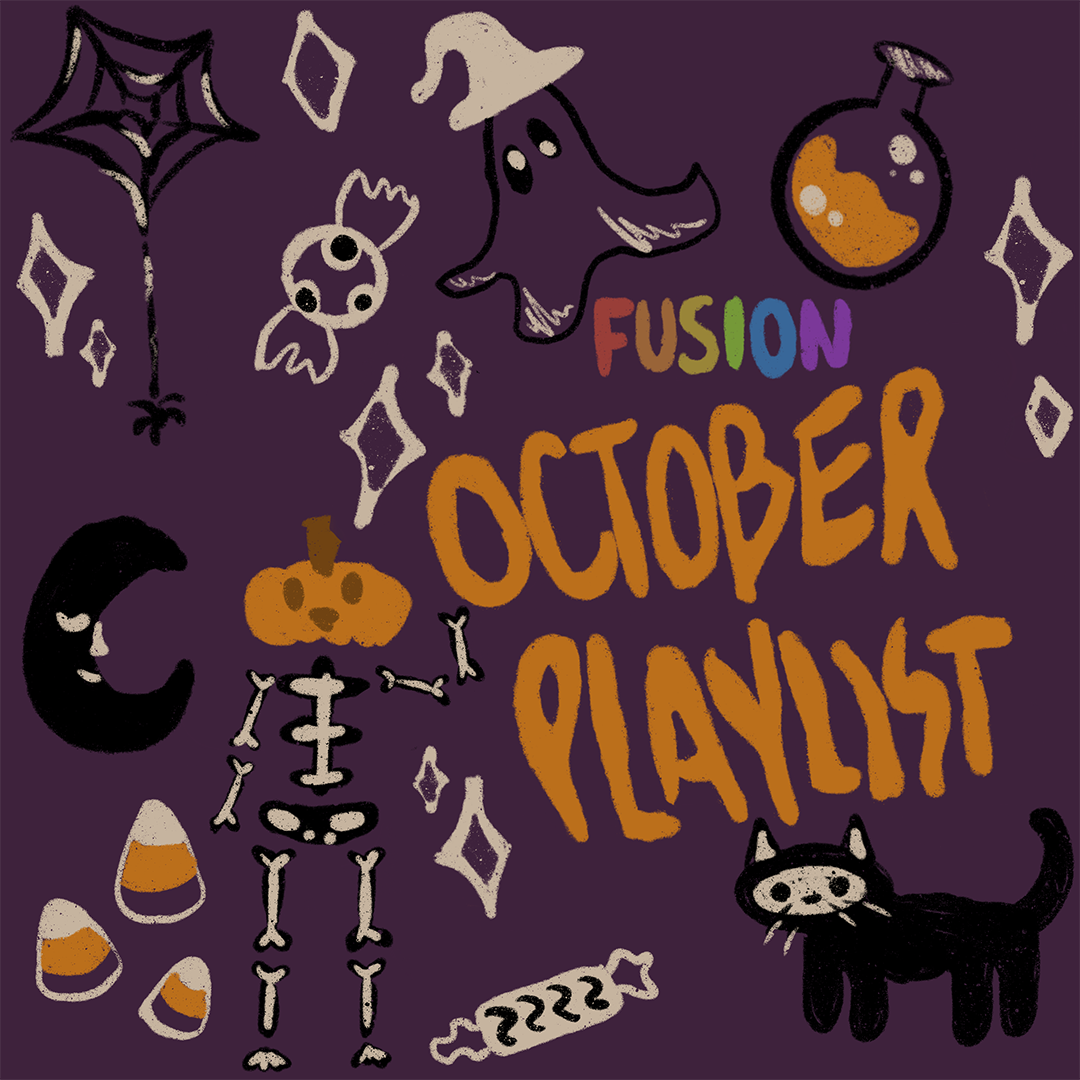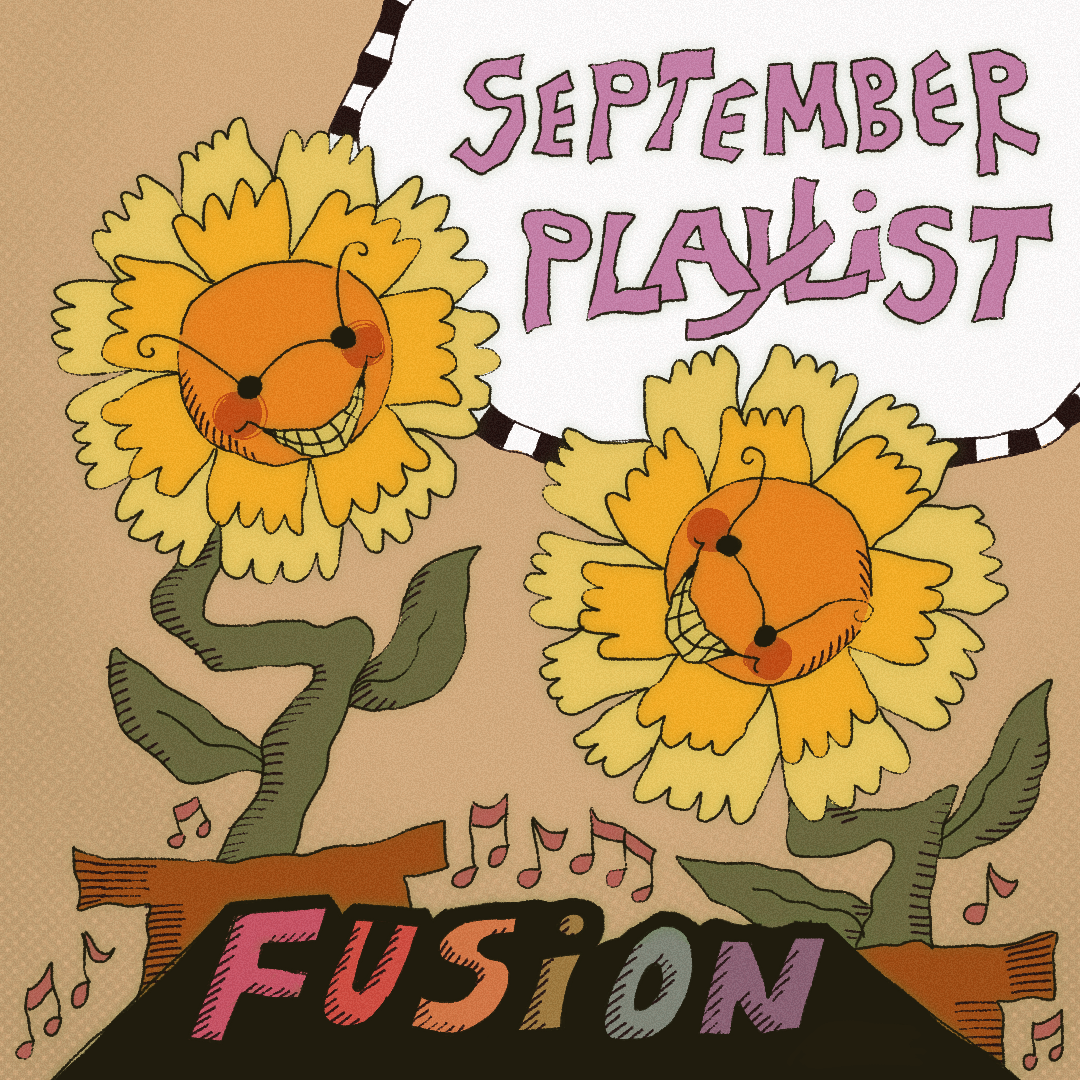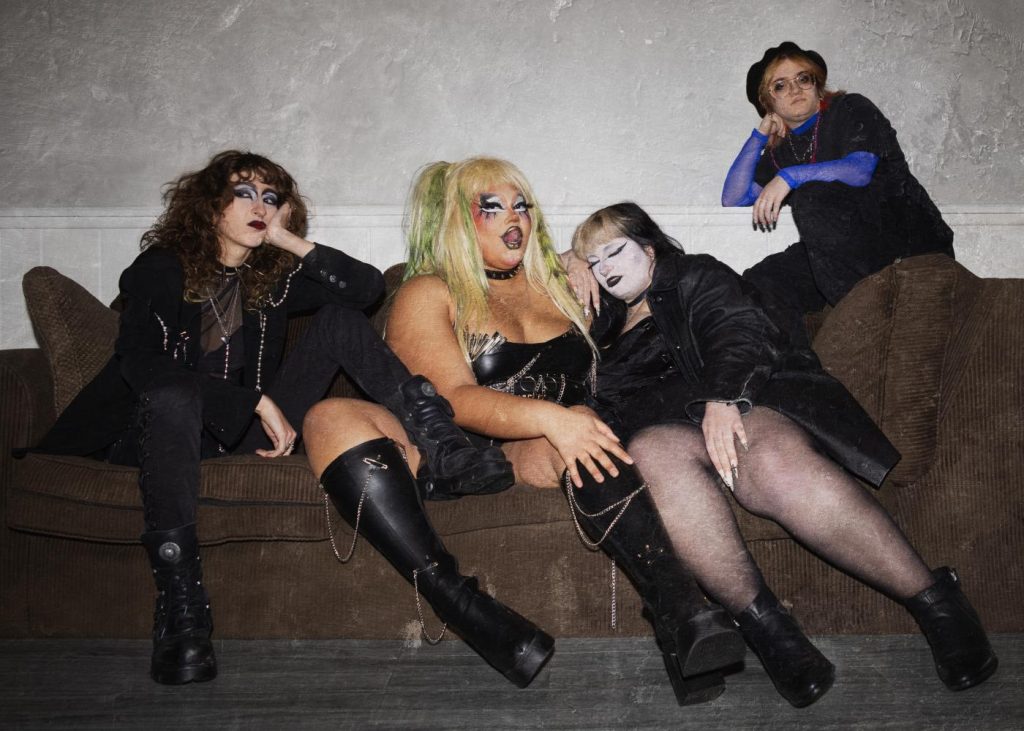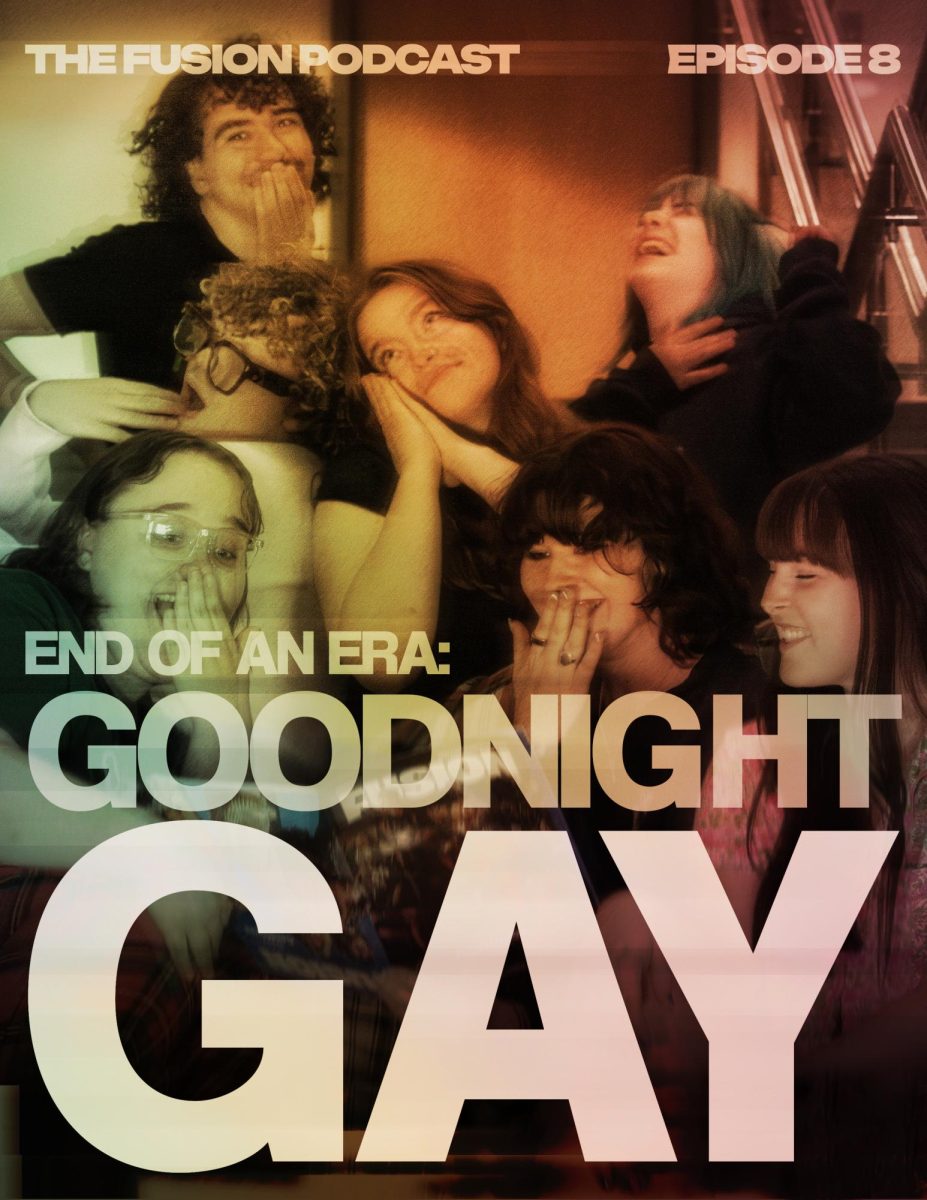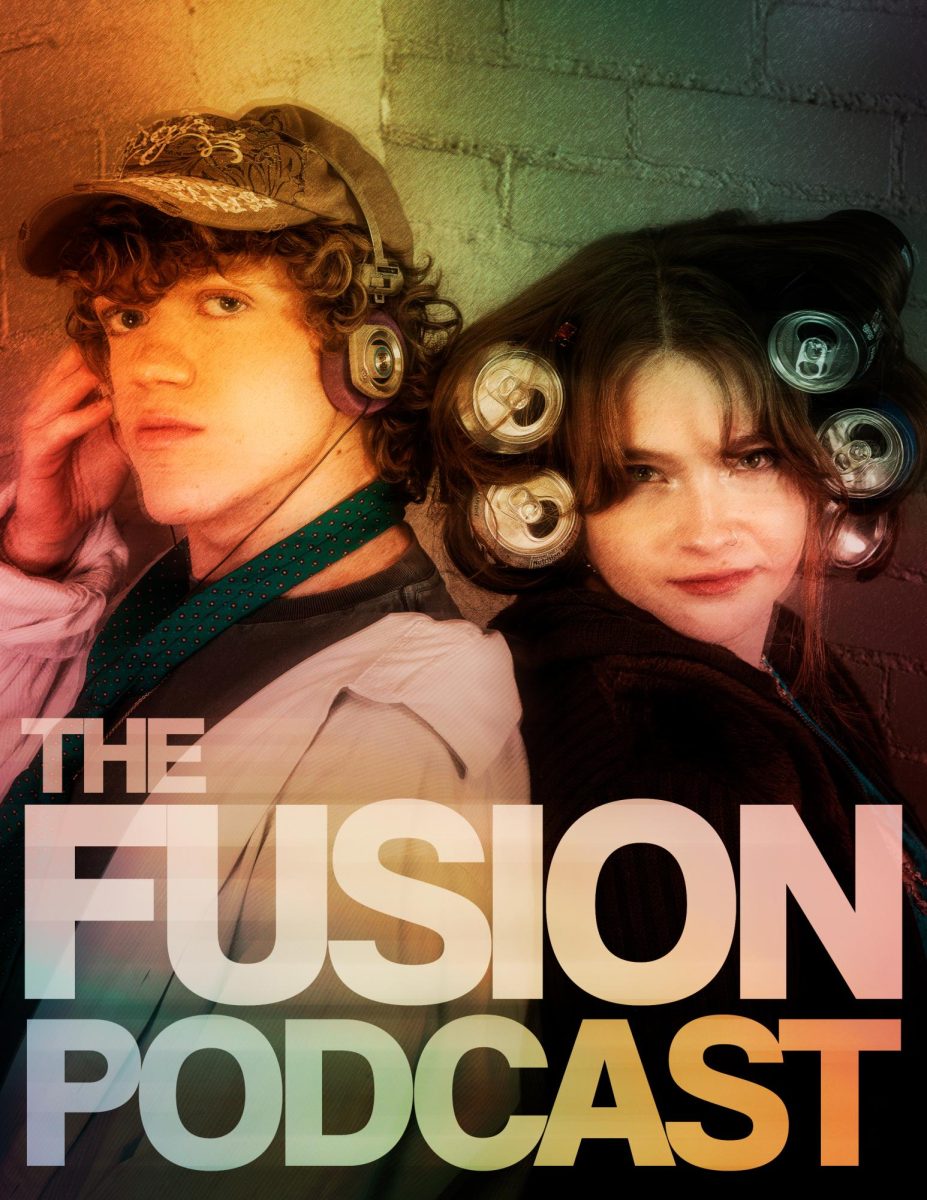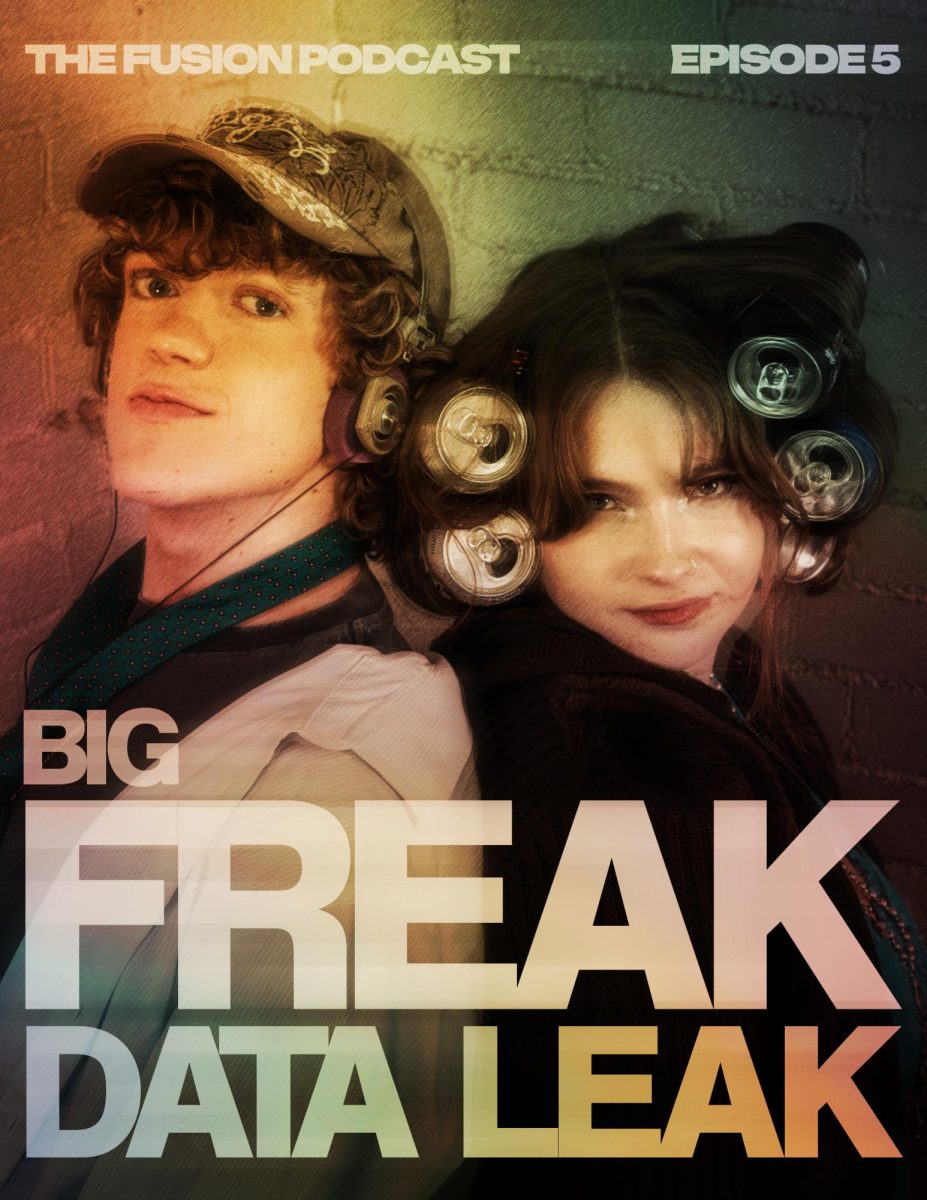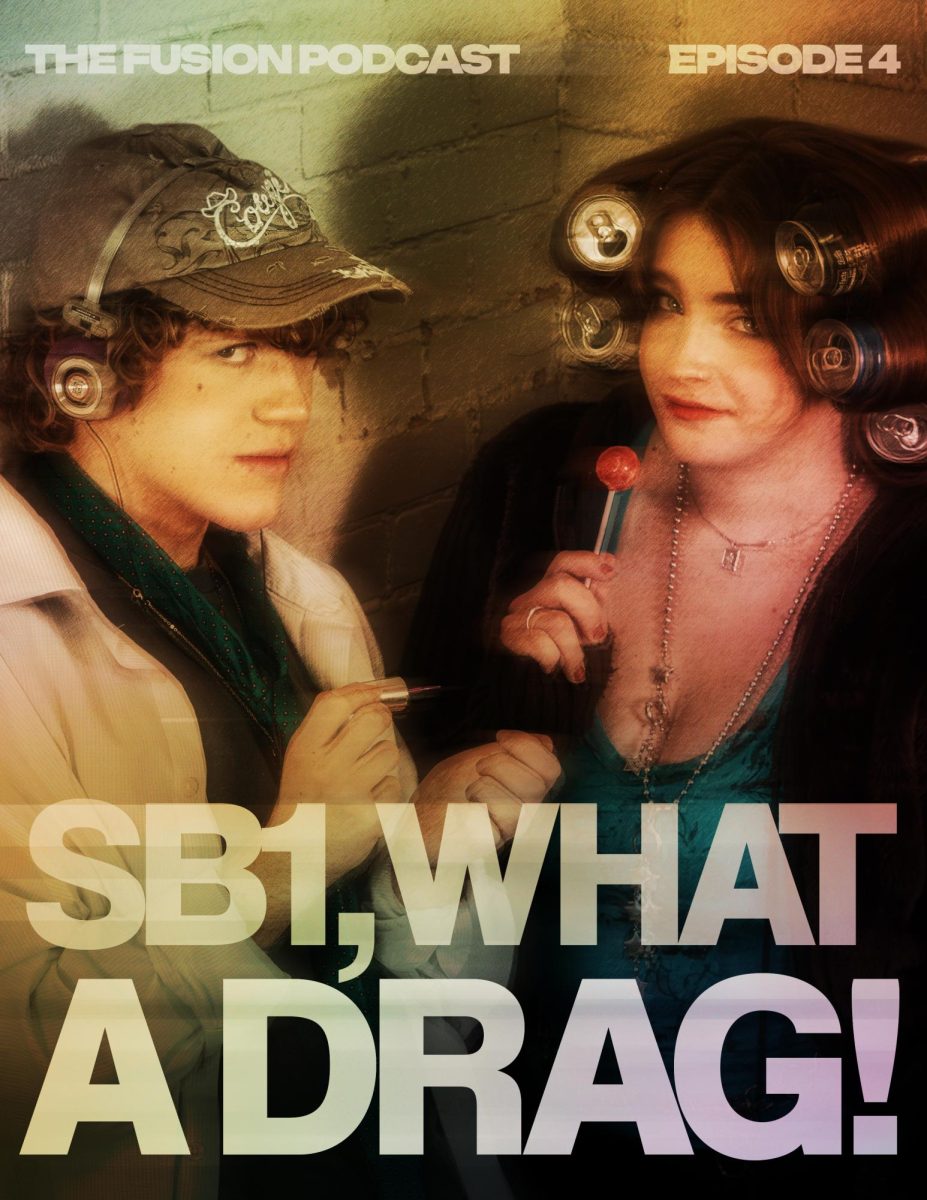Featured in Fusion’s Spring 2022 Issue
Gen Z is the queerest generation to date. In a Gallup study, almost one in six respondents belonging to Gen Z reported being a part of the LGBTQ+ community. More than 11 percent of respondents identified as transgender. Over time, the concept and perception of gender has evolved. Gen Z takes binary gender roles — male and female — and throws them out the window in favor of nonconformity and ideas celebrating the freedom to simply be who you are. One such idea, which has grown in both popularity and social acknowledgement in recent years, is nonbinary identity.
According to the Human Rights Campaign (HRC), nonbinary describes gender identities outside the gender binary. Being nonbinary is a unique, personal experience. Nonbinary people might use different labels, pronouns or expressions . Many people who would technically fit under the umbrella of nonbinary identity don’t use the label, or any label at all.
There has always been a misconception that gender is a series of boxes rather than a fluid spectrum, and this has led many to think of nonbinary as just a third box. The idea that “pronouns equal gender” is another misconception that has aided this overall idea. Since there are three main sets of pronouns, then there must be three genders. The assumption that they/them pronouns denote a third, gender-neutral identity has led many to use neopronouns.
The LGBTQ+ Resource Center of the University of Wisconsin Milwaukee explains that “people who are limited by languages which do not include gender neutral pronouns have attempted to create them, in the interest of greater equality.” These efforts of inclusive, non-gendered pronouns date back to the 18th century with William H. Marshall’s first recorded use of the singular, non-gendered ‘ou.’ Neopronouns are a “category of new (neo) pronouns that are increasingly used in place of ‘she,’ ‘he’ or ‘they’ when referring to a person,” defines UNC Greensboro Division of Student Affairs. Examples include xe/xem/xyr or ey/em/eir.
Neopronouns have a unique popularity in neurodivergent communities. Because neurodivergent people can have completely different relationships with and perceptions of gender, neopronouns are appealing because they can more closely relate to one’s unique gender experience . Neurodivergent people “feel like their relationship with gender is different than the neurotypical one,” said Gia D’Angelo, a queer linguist on TikTok. They explain that neopronoun users are trying to “construct something new and different that doesn’t have the same societal issues [as the gender binary].”
Neopronouns are a widely controversial topic both on and offline. GPat Patterson, an associate professor of English at Kent State, describes the fear of the unknown in gender as a sweater. “It’s like we have this sweater full of threads, and if we ask a question and we pull a thread, we’re gonna unravel. I get that fear, but we’re actually full of infinite thread.” This perceived threat to the self has kept people from fully embracing both neopronouns and nonbinary identity in general, and neopronouns have yet to reach widespread social acknowledgment and acceptance.
Controversy also surrounds other aspects of nonbinary identity. For example, people have hotly debated whether it is correct to abbreviate nonbinary as “NB” or “enby.” NB is generally regarded as a term used in the context of race, meaning “Non-Black.” According to the Huffington Post, this term was coined by Black activists online, differentiating people of color (POC) from non-Black people of color (NBPOC).
However, the word “enby” has been deemed infantilizing by a number of nonbinary individuals, who would prefer everyone just write out the whole word. “Someone might feel like their gender is not being taken seriously,” said Patterson, referring to how many nonbinary people have to become a sort of “court jester” to appease cisgender peers. “If you’re not a delight to be around, if you’re not seen as this nonbinary ray of sunshine, then you’re doing your gender wrong.” While controversies like these might seem nitpicky, their impacts on nonbinary individuals are important to talk about.
Along with certain pronouns, there are a number of stereotypes that are often attributed to nonbinary identity. There are lots of things that nonbinary people have in common with one another, including widely beloved things like music or clothing styles,and these interests evolve into stereotypes, for better or for worse. “I think mostly, people say these things as inside jokes,” said Ely Federspiel, a freshman psychology major. “But there is some truth to them.”
However, not everyone expresses themselves in the same ways, and sometimes these common interests and behaviors can seem more like a restricting checklist of identity than a communal experience. They can then be used as a weapon against the people who enjoyed them, making common interests a target.
Stereotypes can also be rooted in deeper prejudices. There is an unfair image of what nonbinary looks like, a prototype rooted in racism, sexism and fatphobia. This prototype essentially describes a white, slender, AFAB nonbinary person. The notion that only people who match this description are valid nonbinary individuals is incredibly harmful and alienating.
“I don’t owe anybody androgyny,” said Hadyn Palmer, a junior environmental studies major. “Some of us just aren’t built to even try for androgyny.”
Luckily, this prototype is not the inherent truth. As the societal understanding of nonbinary identity changes and expands, so too does the imagery and experiences associated with nonbinary individuals. For example, another aspect of the prototype surrounds the question of whether someone needs to experience dysphoria to be trans.
While this can be a divisive topic, it’s important to discuss and nearly unavoidable in conversations about gender. So, do you need to have dysphoria or euphoria to be trans? “I don’t think you need to have or do anything,” said Federspiel. “I think [dysphoria] is a side effect [of being trans]. It’s not a cause – it’s an effect.”
Palmer added, “gender euphoria is literally just acknowledgement. It’s ‘I’m acknowledging that you are this thing, and not this other thing that everyone else has been calling you for a long time that has made you really uncomfortable.’ It’s respect, and acceptance.”
There’s no universal criteria that decides who is transgender or nonbinary and who isn’t, even if society tries to impose these kinds of qualifications upon these groups. All in all, there really is only one thing that “makes” a nonbinary person: whatever that individual decides for themself. There are no prerequisites, no checklists, no entry tests. All you can do is be true to yourself, whoever you may be, and know that that is enough.


